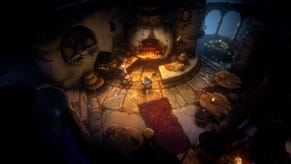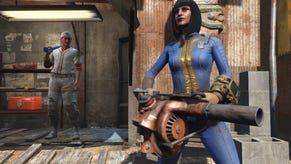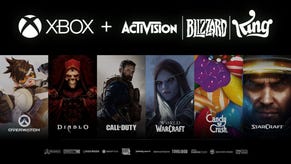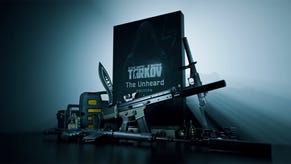The "Valve Manifesto" explored in new Develop Magazine
Gabe Newell would like you to know that he is not a man who has gone back on his word, even despite his apparent backflip on the topic of PlayStation 3 development. Instead, he's just another vote in a democracy, and the tribe has spoken.
According to Erik Johnson, long-time Valve employee, there were apparently a bunch of developers who were "annoyed" that the company did not create new content for Sony's platform. So, as they were "willing to cross over", the company shifted focus and "simply started working on it".
This is all part of a fascinating feature article - The Valve Manifesto - published in the latest edition of Develop magazine. The story covers Gabe Newell's adventure, starting as the young developer left Microsoft, touching briefly on his "likely billionaire" status and finishing, quite happily, in the heart of Valve.
"Working with everyone here at Valve is what I would do if given the choice to do anything," Newell explains, describing the company's lack of a strict chain of command, and identifying how Valve manages to work - and work well - without a strong hierarchical structure.
According to Develop, the CEO is fiercely defensive of his company's studio model. Any time it is questioned or challenged, Newell squashes any arguments with a confidence that suggests he really does know what he's talking about.
But he's not afraid to admit that he was wrong - or, more correctly - that he is no longer as right as he once was. Following the release of Half-Life 2: Episodes One and Two, the company has backed away from episodic content, once hailed as the bringer of shorter development cycles and taking pressure away from staff.
"We went through the episodes phase," he says. "Now we’re going towards shorter and even shorter cycles.
"With episodes, I think we accelerated the model and shortened development cycles with it. If you look at Team Fortress 2, that’s what we now think is the best model for what we’ve been doing. Our updates and release model keeps on getting shorter and shorter."
That's the way of the future (for now, at least). Rather than cutting games into smaller, bite-sized chunks, Valve are now thinking of each title as its own platform, which can then be evolved and updated through Steam. Team Fortress 2 has now seen more than 200 patches, tweaks and improvements in just under four years, and Newell hints that even that is too slow, suggesting that the goal might be daily updates.
But only if that's what the audience wants, Newell concludes: "In general, our approach to our customers is, every day, to ask what we can do for them."









